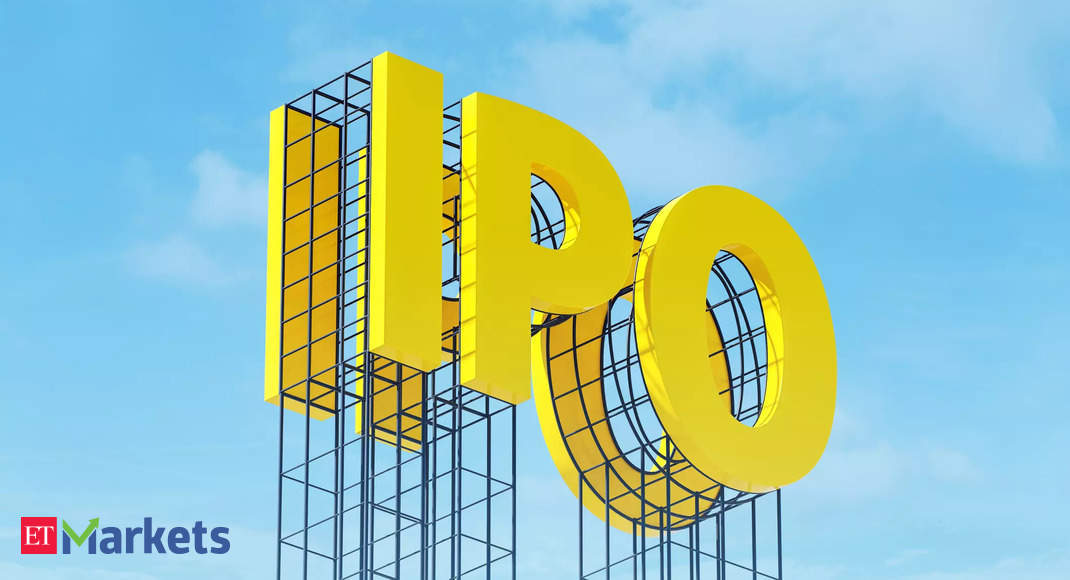The IPO frenzy has been a key contributor to the fast-growing number of demat account holders in India.
While IPOs offer investors an opportunity to invest in strong businesses, the offer price alone must not necessitate a subscription. Just like investing any share of an already listed company, the decision to subscribe to an IPO must be a derivative of thorough analysis.
Right from fundamentals to financials, it is imperative to understand various facets of a business before getting to the point where an investment decision needs to be made.
Even by that point, it all precipitates into the strength of one’s perspective and the probability of it being aligned with the reality that the future holds.
However, at a high level, there are three parameters that should help a beginner get a strong foothold on the public offer.
An IPO is nothing but an offering of shares of the company which roughly implies the right to participate in the prospective growth (or fall) in the company’s value.
Just like one would start assessing the viability of any business idea, the evaluation of an IPO-bound company begins with understanding the products/services offered by the business, the competitive landscape, and the growth prospects of the business.
You must look for reasons to believe that the company delivers a high-quality product/service that will continue to experience meaningful growth in sales, while it retains significant control over the pricing of the product.
Now, there may be a number of factors affecting the strength of your perspective on the above premise. This depends on the nature of the business and the environment it operates.
Some popular factors applicable to most companies include market share, substitutability of the product/service, and vulnerability to changes in political, regulatory, technological, and any other applicable environment.
Along with the business, it is imperative that the financial situation of the company also grows and strengthens at a pace that is reasonable or higher.
The financial state of a company is also an insight into the business’ effectiveness, efficiency, and prospects of the same. Different businesses operating in different environments exhibit unique financial features.
These financial features must be viewed in the context of the unique situation of the business, and in comparison with peers operating in as-similar-as-possible segments. Most financial features are metrics in the company’s financial statements.
Some examples of broadly analysed financial metrics include revenue growth, profit margins, expenses, and a variety of applicable ratios.
Now, this is a tricky one. A good starting point would be to compare applicable ratios with that of peer companies operating in the same segment and already listed while making adjustments for its unique context.
The most popular valuation metrics are ratios like Price/Earnings and Price/Sales. Now, the subject of valuation is as much an art as a science.
Every company is unique and commands a distinct valuation and there is nothing to say that a company returning a valuation ratio lower than its peer makes it more attractive.
An analysis of this ratio must serve as an indicator of how does the company position its value versus peers and work needs to be done whether the distinct nature of the business justifies the deviation?
There are a number of ways to land up with a correct IPO investment decision but only a few would be absolutely incorrect.
Investing in IPOs basis tips or hearsay, as a gamble for listing gains or basis of sensational media coverage on the offer are ways that top the incorrect list.
While there is a whole lot more to a full-blown IPO analysis, a beginner must strive to build a strong perspective and conviction in the same while the market determines and reflects the actual strength of the investment thesis.
The secret sauce lies in accessing, assimilating, and forming a perspective on all available information pertaining to the issue while constantly evaluating for weaknesses in own perception.
(The author is Co-founder and Chief Business Officer, Fisdom)

